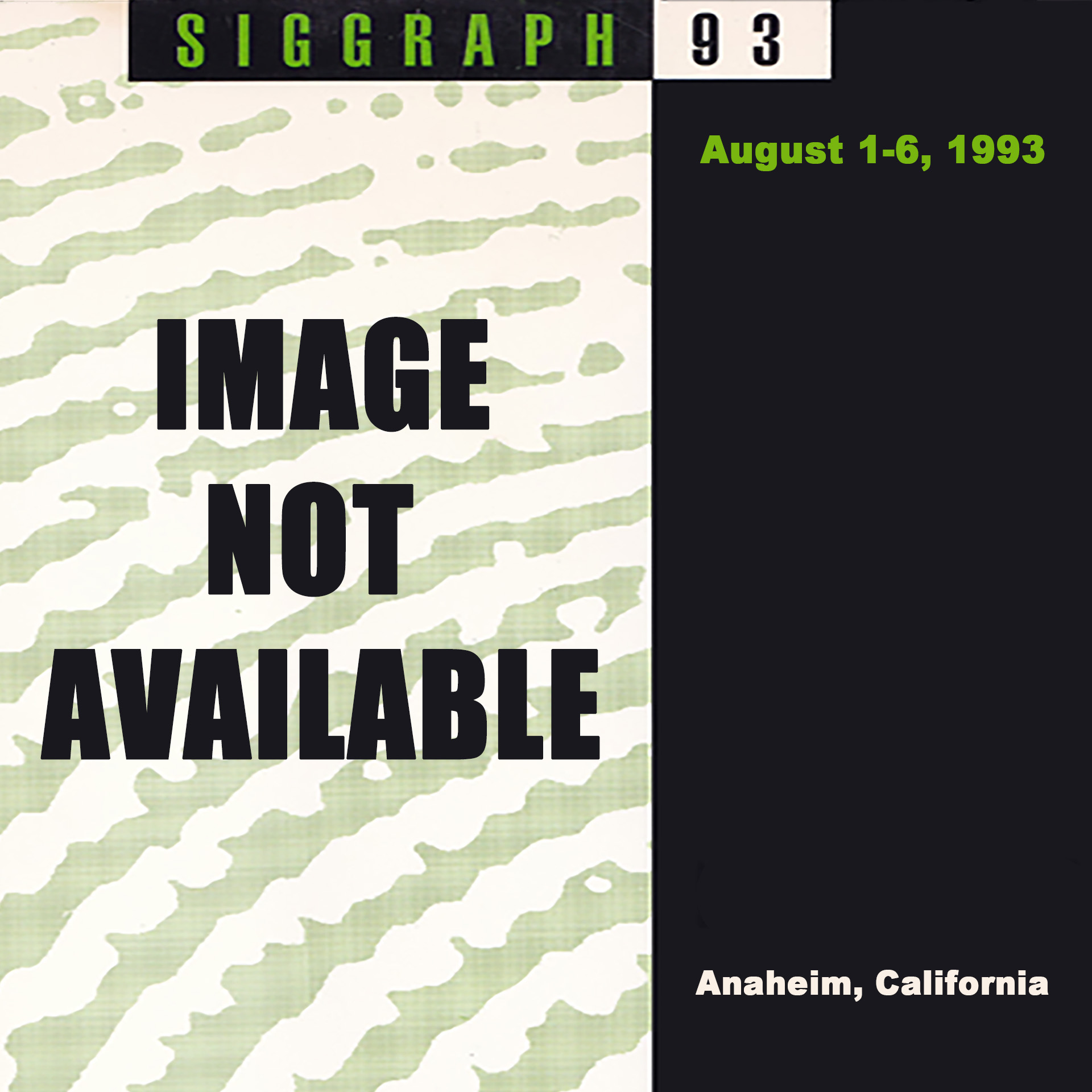“Mandala: Virtual Cities” by Stanfel
Conference:
Experience Type(s):
Entry Number: 38
Title:
- Mandala: Virtual Cities
Program Title:
- Tomorrow's Realities
Organizer(s)/Presenter(s):
Project Affiliation:
- National Film Board of Canada
Description:
The National Film Board of Canada and the Vivid Group, a Toronto-based company involved in the development of virtual reality systems, are collaborating to produce “Virtual Cities,” a series that explores urban environments and the design of “green” cities. The “Virtual Cities” project will establish a network of young people in a number of countries to investigate the environmental and social effects of accelerating urbanization, and the need to develop strategies for sustainable cities that include the concerns of local populations. The computer-human interface will allow students to step into and control virtual worlds of their urban environments.
The study of an urban environment provides perspectives and information to assist in the development of understanding one’s sense of place in a larger community, as well as developing a sense of what that community entails; heart, home, our relationship to the land, and our interdependence with other peoples of the world. Students are then better equipped to make informed decisions about changes that will occur in their urban centers through time, enabling them to assist in the construction of habitable spaces that consider human physical and mental wellbeing, other living species, the environment, and the cultural legacy of the world’s distinctive, multiethnic population.
Virtual Cities will provide junior high school students with opportunities to work together to design the cities in which they want to live, enabling them to visualize and document their findings and share them with young people in their own communities, and around the world.
The Mandala system provides students with opportunities to interact with graphic images within video worlds without the use of goggles, gloves, or other tracking devices. Through “video gesture,” students manipulate animated graphics to trigger various graphic, gravitational, audio, or sequenced events. Standing in front of large television screens, students submerge their full bodies into a computer world via the video camera and manipulate various elements drawn from their urban experience.
By exploring the elements of their own urban environments and then defining with their peers from other countries the parameters of habitable urban spaces, the interdependence of urbanization issues at the global level unfolds.
By linking young people in separate parts of the world through the use of existing telecommunications systems (i.e., satellite transmission and fiber optic networks), students are able to interact with one another in a common virtual reality to design the cities of the future-together.
Interactive technologies revive the old idea of “the common”-land that was jointly owned or used by an entire community. Ideas and information, when jointly used in an interactive setting, assist in successful problem-solving. “Virtual Cities” will provide an information common where groups of students can meet to explore urban issues together to design their common future.
“We don’t want only to reflect reality, we should shape it. We should not only adapt to the future, but configure it and make a better choice between futures.”
– Federico Mayor,
Director General, UNESCO,
Interact Conference, Geneva 1988





